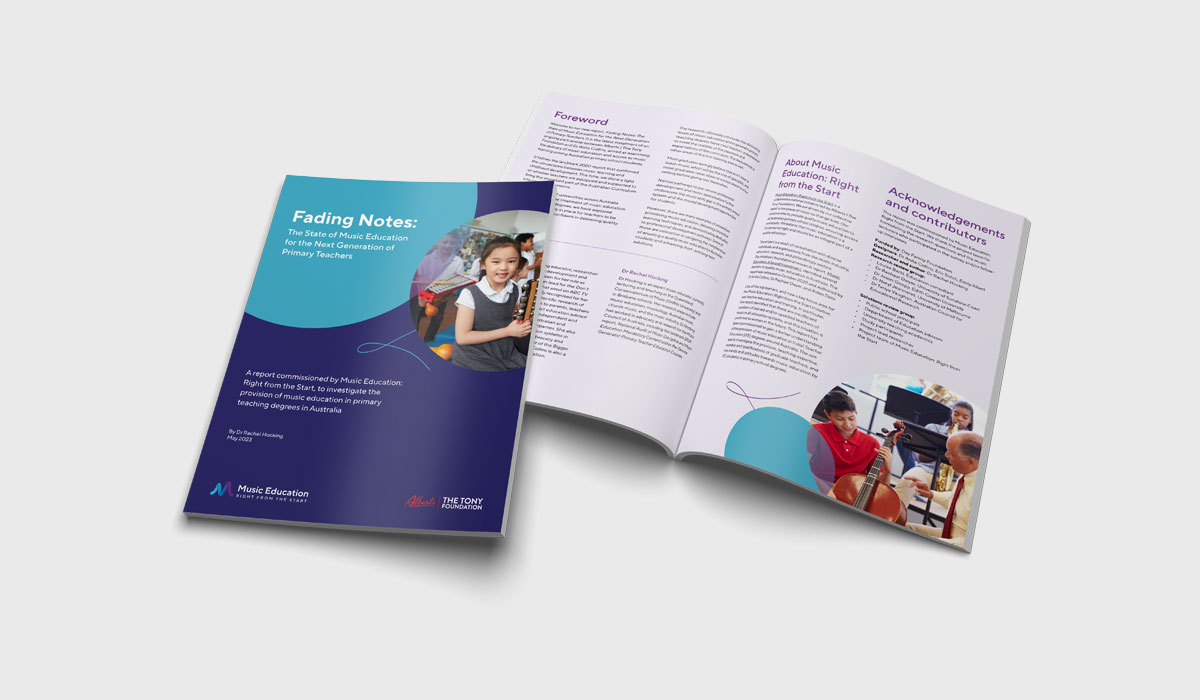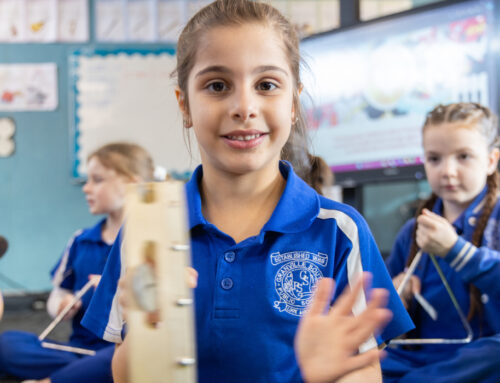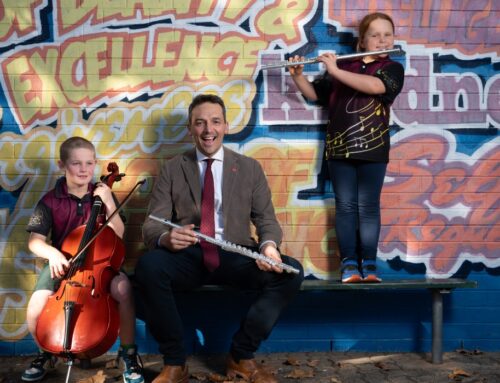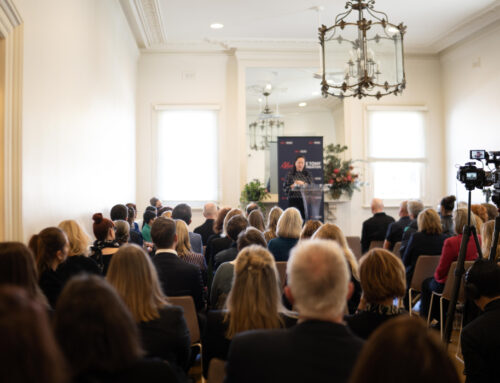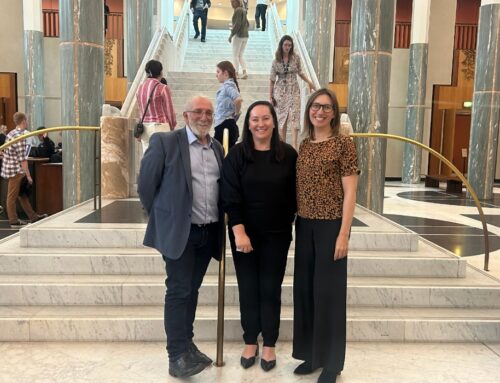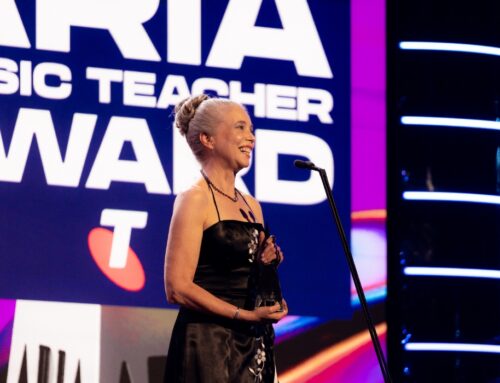Over the past 14 years, Australian universities have cut music education training for generalist primary teachers in half, leaving thousands unable to fulfil their responsibilities under the curriculum, our latest research shows.
Fading Notes: Music Education for the Next Generation of Primary Teachers, designed and led by Dr Anita Collins, researched and written by Dr Rachel Hocking, makes for sober reading with the time and value dedicated to music learning within primary teaching degrees at an all-time low.
Based on the views of 36 music lecturers, representing 73% of those delivering primary teaching degrees, and analysis of published information from 49 universities, the report reveals that average music education training hours have fallen from 17 in 2009 to 8 by the end of 2022.
Music education also attracts just 1% of the overall credit point value, and only one in five students observe a music class before having to give one themselves. This lack of depth adversely influences perceptions, with 71% of respondents saying their students don’t expect to teach music in the classroom despite curriculum requirements.
The time dedicated to music learning varies widely across the country and, in some cases, reflects state curriculums. Tasmania and Western Australian universities allocate 12 hours of tuition, nearly double that of universities in Victoria (6.06) and the ACT (6.5). This is compounded by the fact that very few students enter their degrees with significant musical skills themselves, and 20% of people delivering music education were not themselves music specialists.
Further, just 3.82% of the 4,670 new teachers from surveyed universities entering primary schools each year have any specialisation in music learning. Two-thirds of identified universities don’t offer a music specialisation, and half of surveyed lecturers agree their students need further development to teach music effectively.
Without providing new teachers with adequate music education skills, access to quality music learning among primary school students is at risk of disappearing. Currently, teacher confidence and competence are worryingly low, which likely extends to other areas of the arts as well.
There is no escaping the conclusion: we are leaving emerging cohorts of primary teachers seriously unprepared to meet the curriculum expectations of a quality music education. Moreover, we are poorly serving those charged with their preparation who are being expected to cover more with less.
We felt a responsibility ourselves to do more than publish the raw findings and invited a small group of tertiary educators, principals, researchers and our project team to workshop prospective solutions. These are outlined in the Summary Paper.
While it may take several years to resolve the underlying problem, the truth is that there is a great deal that can be done right now to support our primary teachers before and after they enter the classroom, and to help ensure every Australian primary school child access to a quality, sequential, ongoing music education.
